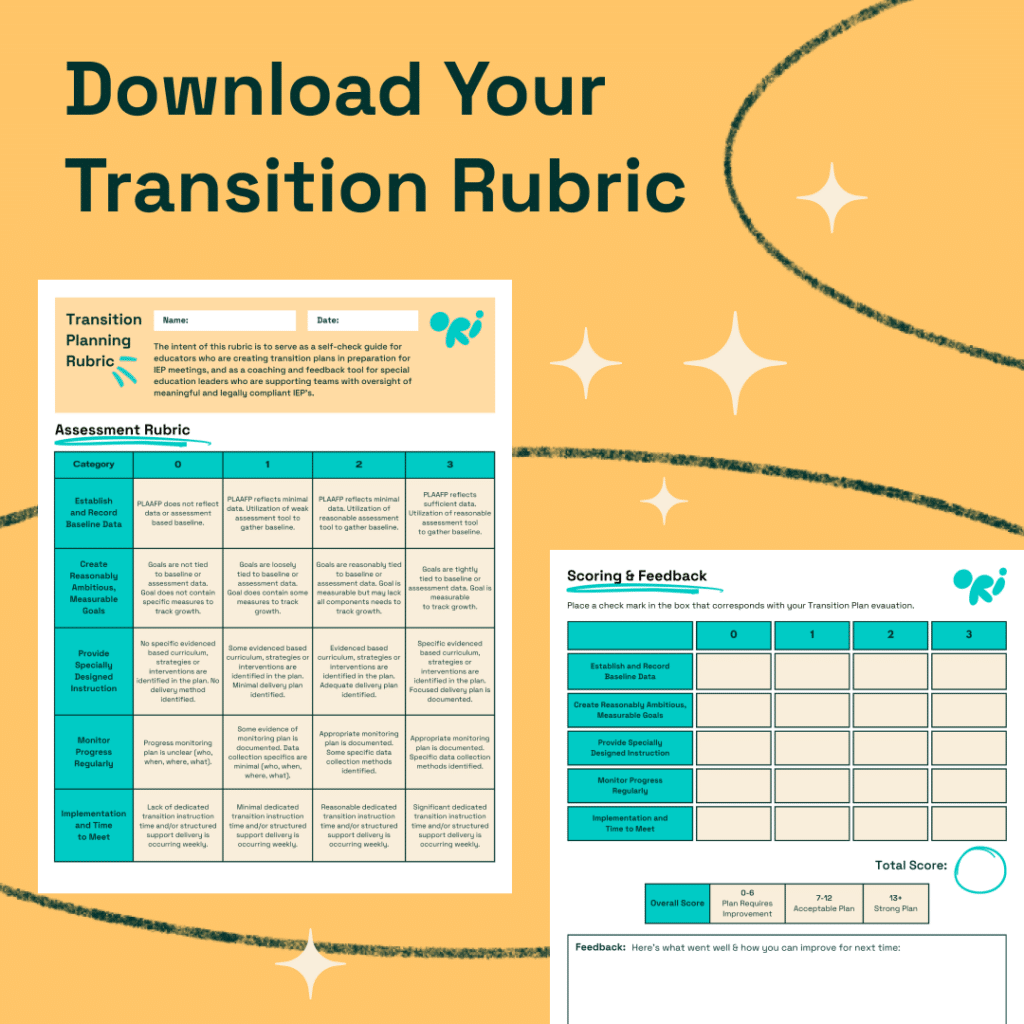


Emotional regulation is essential for students to manage their feelings constructively and engage successfully with their learning environment. This guide will help educators design effective Emotional Regulation IEP goals, aimed at enhancing students’ abilities to understand, manage, and respond to their emotions in a healthy way.
Emotional regulation refers to the processes by which individuals influence their emotions, how they experience them, and how they express them. For students with special needs, challenges in emotional regulation can manifest as difficulty in handling frustration, anxiety, or excitement, which can interfere with their academic and social interactions.
Incorporating emotional regulation goals into a student’s Individualized Education Program (IEP) supports their overall emotional and mental health, crucial for their success both in and out of school. These goals help students develop strategies to cope with and manage their emotions, leading to improved behavior, enhanced learning, and better relationships.
Effective emotional regulation IEP goals must align with the student’s Present Levels of Academic Achievement and Functional Performance (PLAAFP) and adhere to educational standards under the Individuals with Disabilities Education Act (IDEA). This ensures that the goals are personalized and actionable.
Our Transition Planning Rubric is designed to support district leaders and educators in guiding their teams towards excellence in transition planning.
It provides comprehensive criteria that cover the breadth of transition planning, from gauging student engagement to evaluating post-secondary goals and services.
Expand your team’s capabilities and improve the success of IEP meetings.

Disclaimer: These sample goals should be customized to fit the individual needs and circumstances of each student.
By setting specific and structured goals for emotional regulation, educators can provide students with the tools they need to manage their feelings more effectively. This not only aids their personal development but also enhances their academic performance and social interactions.
Explore Ori Learning’s resources to find comprehensive strategies and materials that support the implementation of effective emotional regulation IEP goals. Our curriculum is designed to foster resilience and emotional awareness in students, preparing them for successful navigation of both school and life challenges.
